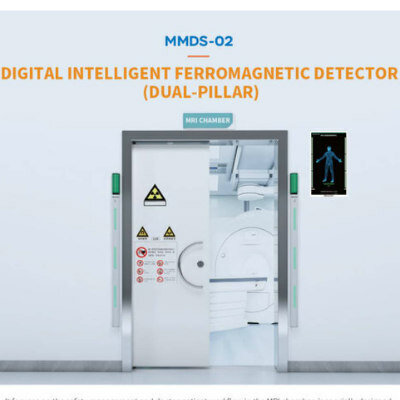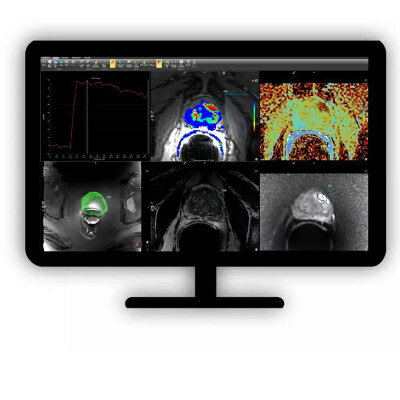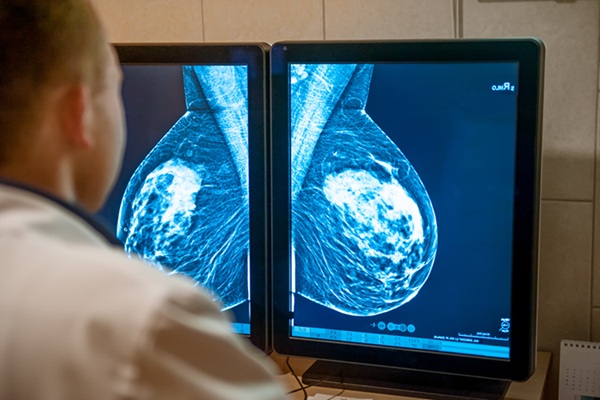Accurate Diagnosis of Shoulder Injury by MDCT Arthrography
By MedImaging International staff writers
Posted on 24 May 2011
Multidetector computed tomography (MDCT) arthrography is better than MR arthrography for identifying glenoid rim osseous lesions, lesions that have been identified as potential causes of recurrence after shoulder surgery.Posted on 24 May 2011
The study, conducted at the Hopital Sainte Marguerite (Marseille, France), included 40 patients scheduled for shoulder surgery. All patients had both an MDCT arthrography (MDCTA) and an MR arthrography exam (the current standard exam).
"Our study found that MDCTA was as accurate as MR arthrography for the study of labroligamentous injuries, glenoid cartilage lesions and Hill-Sachs fractures related to anterior shoulder instability," said Thomas Le Corroller, MD, an author of the study. However, in detecting glenoid rim fractures, "MDCTA showed a sensitivity of 100% and a specificity of 96% whereas MR arthrography demonstrated a sensitivity of 67% and a specificity of 100%," said Dr. Le Corroller.
An accurate diagnosis of glenoid rim fractures is key to selecting the proper surgical treatment, noted Dr. Le Corroller. "Patients demonstrating a glenoid rim osseous lesion may undergo more extensive treatment in order to provide a stable shoulder without long term arthritic degeneration. In our institution, we currently use MDCTA whenever surgical treatment of anterior shoulder instability is considered."
Dr. Le Corroller did note that MDCTA requires radiation, and the "use of MDCTA of the shoulder in a young population requires a radiation dose reduction strategy."
The study was presented on May 4, 2011, in conjunction with the American Roentgen Ray Society annual meeting in Chicago, IL, USA.
Related Links:
Hopital Sainte Marguerite













